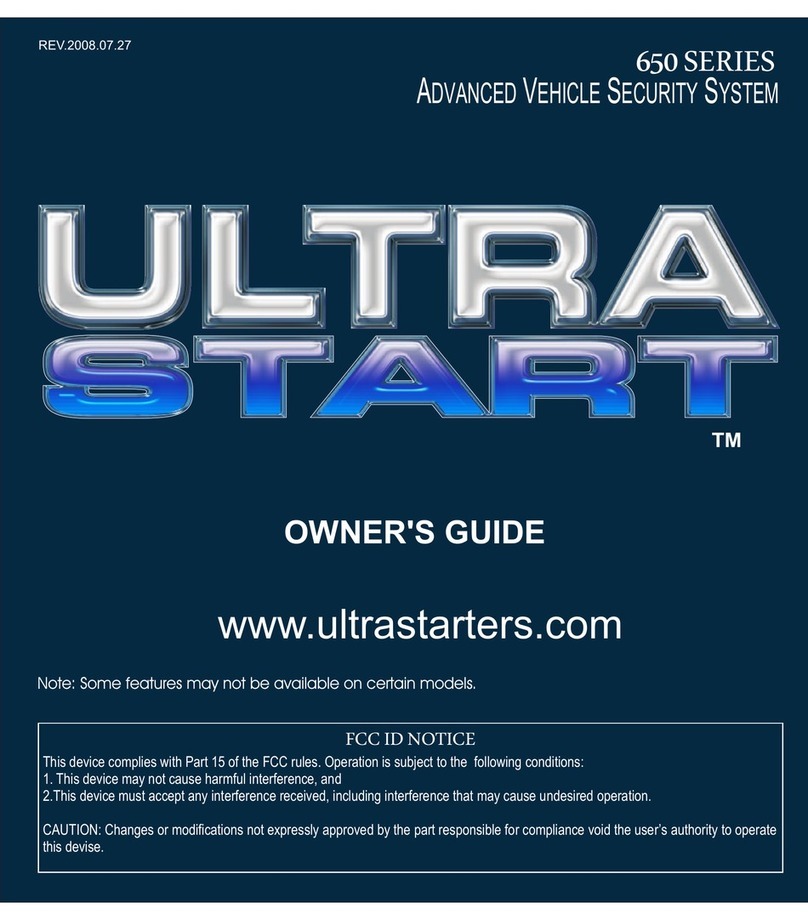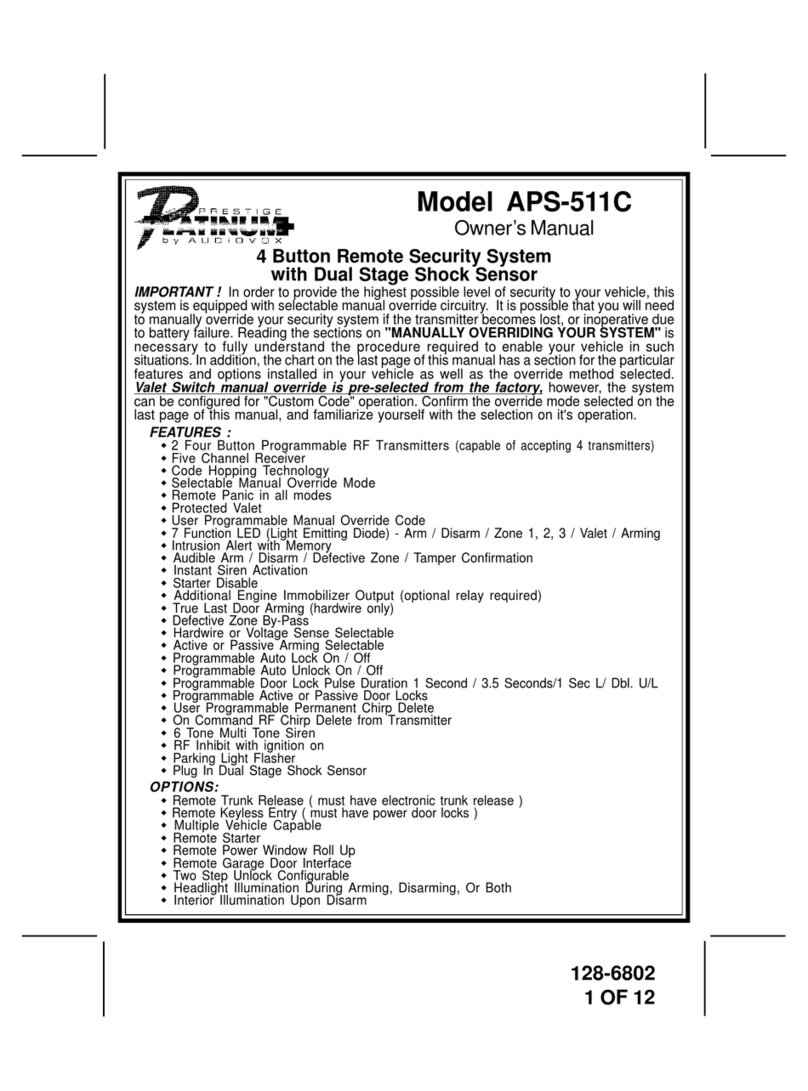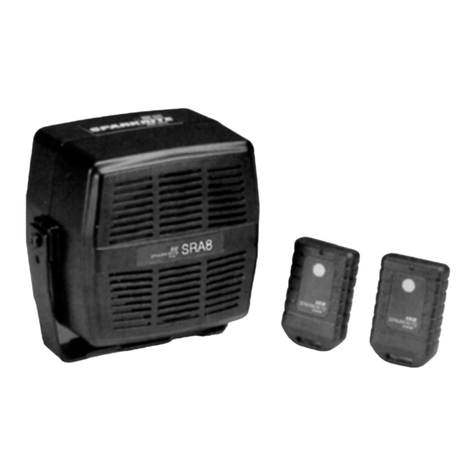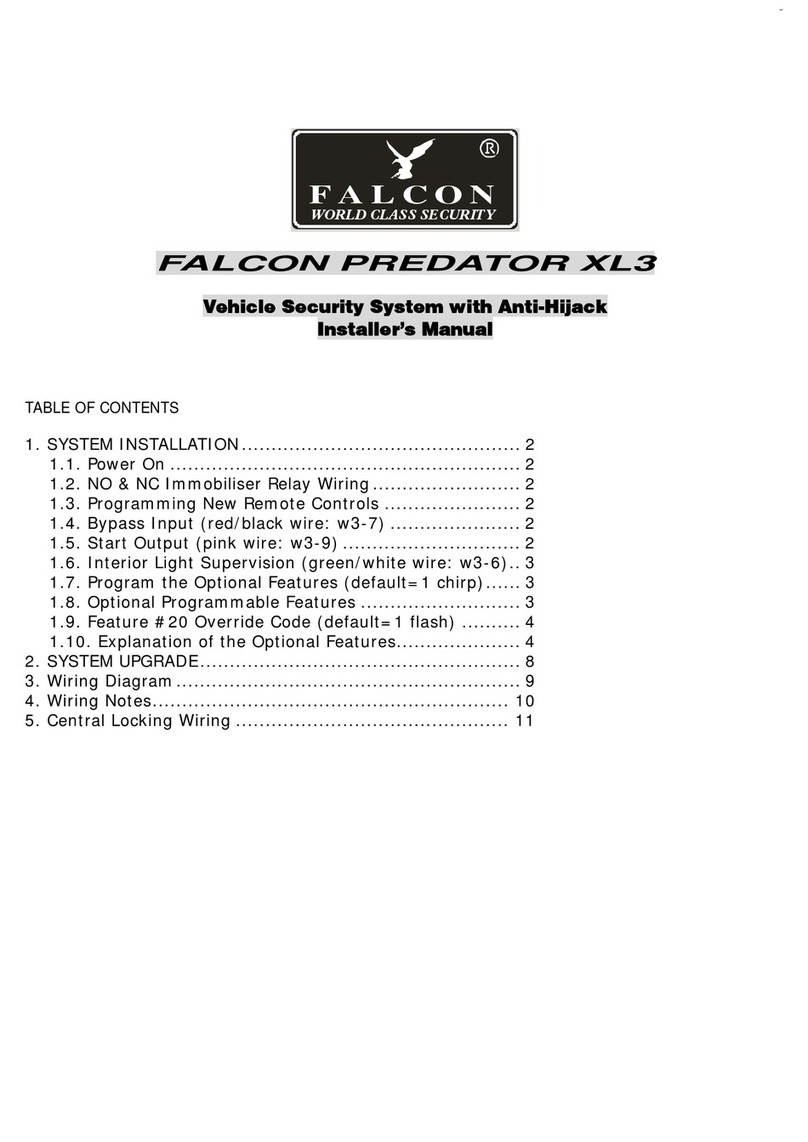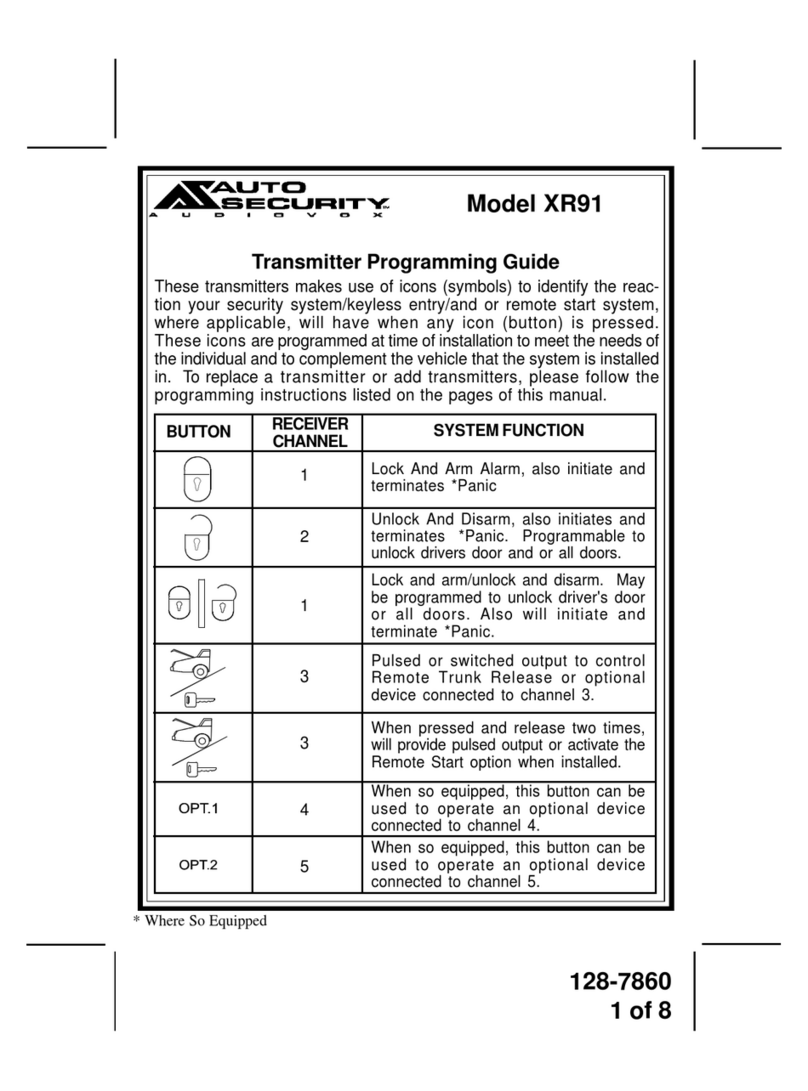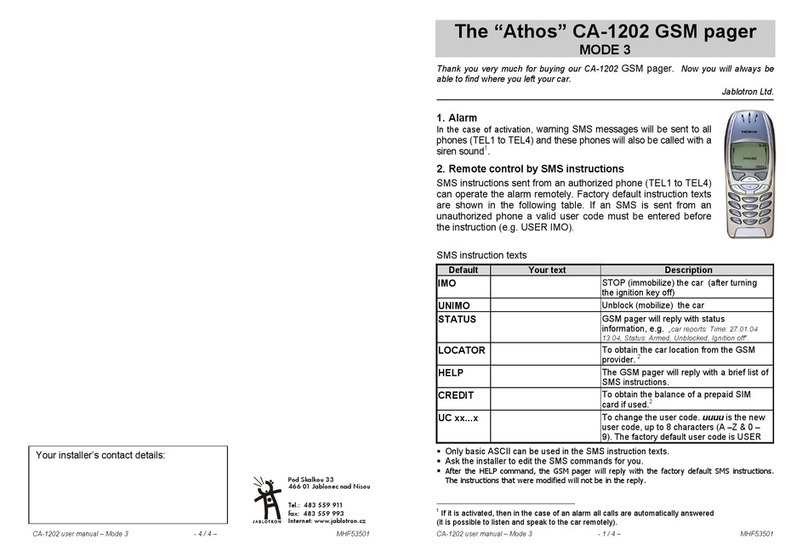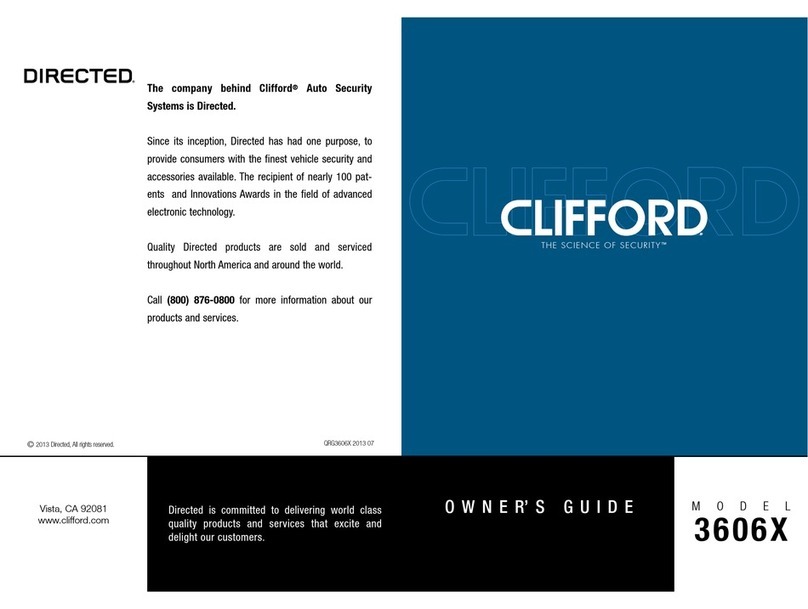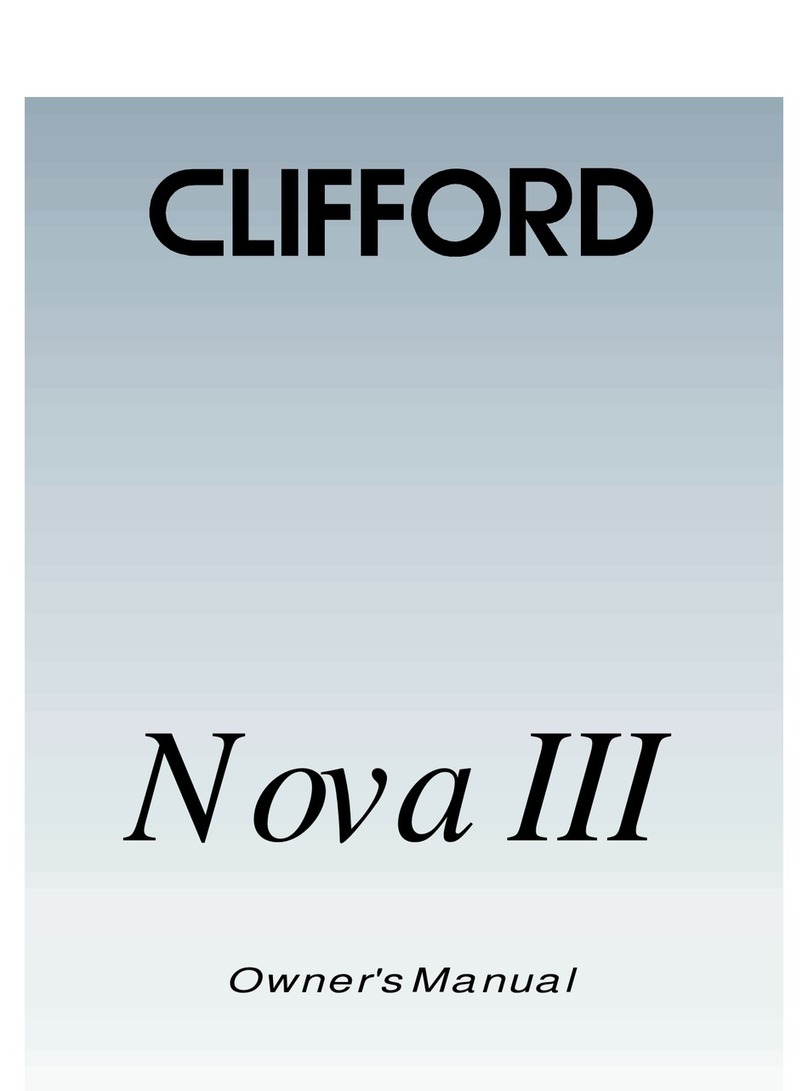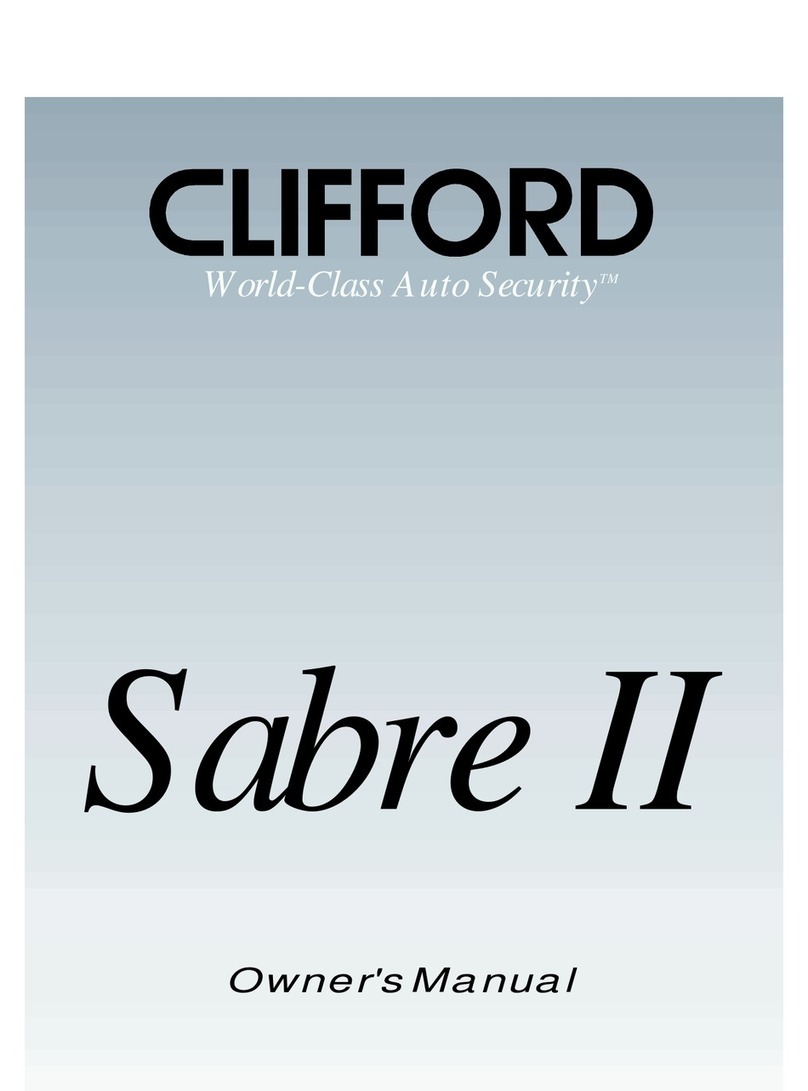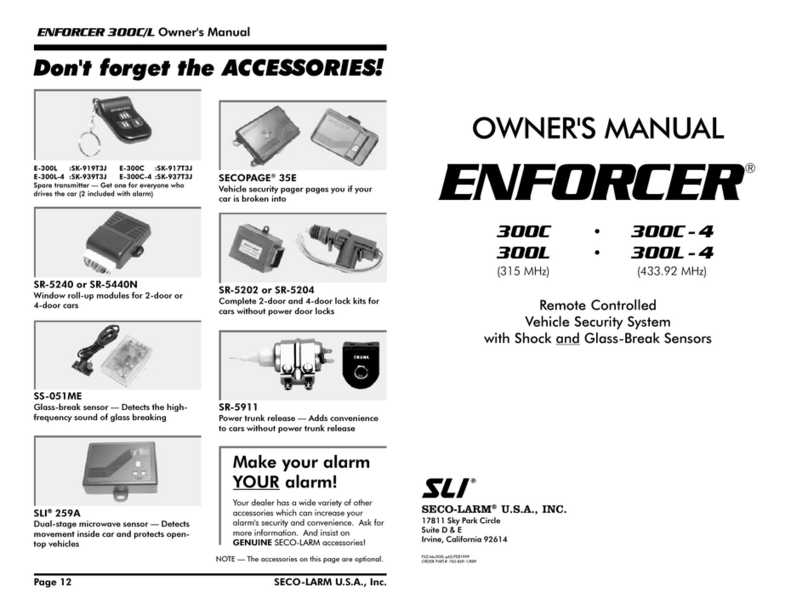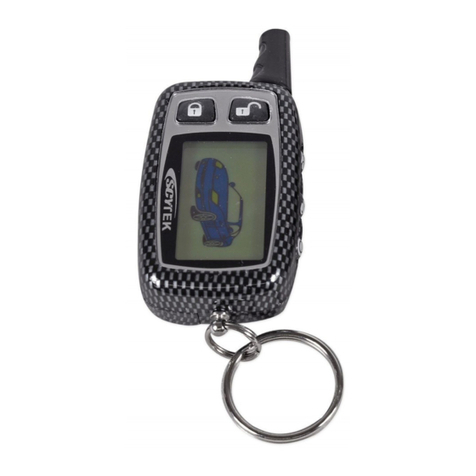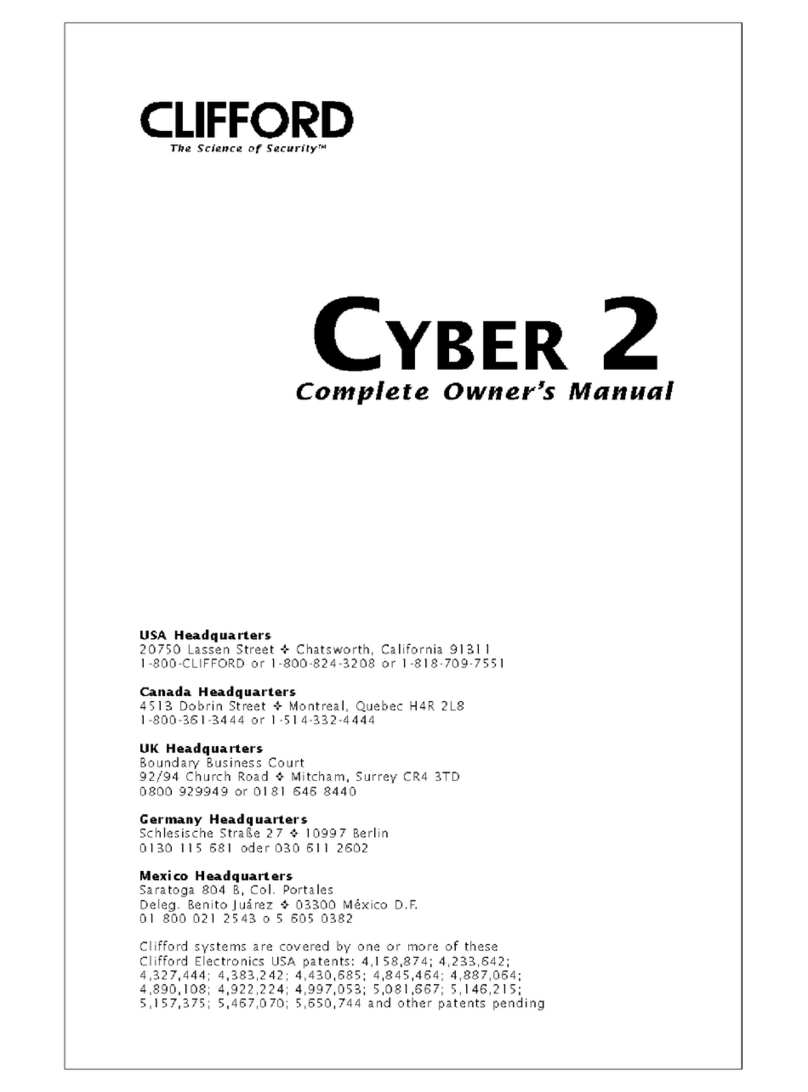
SIEMENS AG, Siemens VDO Automotive SV C BC S454
FCC ID:KR55WK49210 IC:267T-5WK49210
Functional description_RxM.doc Page 2of 5
1. FUNCTIONAL DESCRIPTION
The immobilizer system consists of an engine control module (PGM-FI ECU), a body controller module
(MICU), the Immobilizer (RxM) and a key, see
Figure 1.
The Immobilizer is mounted on to the ignition lock in which the key can be inserted. The Immobilizer is
located at the steering column of the vehicle.
The RxM is an "active antenna" that contains the following components that are shown in figure 1:
1. Power supply: The voltage regulator is supplied via the SAM with battery voltage (typ. 12V) and
supplies the basestation IC (3) with a stable 5V voltage level.
2. Serial interface: This is used to adapt the micro controllers (7) input and output signals to the signal
levels required by the external components. The level shifting is done by a series of transistors and
RC networks. The circuitry has the typical short-circuit and reverse-battery protection.
3. Basestation IC (PCF7991). The Base station IC drives and modulates the LF antenna (4) to supply
the transponder in the key with energy and to transmit data to it. It demodulates the answer from the
transponder and sends the demodulated signal to the CPU (7).
The Basestation IC does not contain a control logic. Instead, it is controlled by the CPU(7).
4. LF antenna. The LF ("low frequency, typ. 125 kHz") antenna is part of the immobilizer housing and
is mounted to the ignition lock.
5. Antenna circuitry: The antenna circuit is composed of a resonant tank circuitry (resistor, inductor,
and capacitor) which is tuned to 125 kHz. This portion of the circuit is used to transmit and receive
data to and from the transponder. The data is modulated and transmitted at the proper frequency by
the basestation IC (3). The tuning components and voltage limiting resistors are assembled on the
PCB.
6. Resonator: A 15.924MHz MHz resonator is used to provide a clock frequency to the CPU.
7. CPU: The micro controller controls the basestation IC (3). I.e. it turns the voltage regulator for the
basestation IC on and off, controls the communication with the basestation IC and provides the clock
for the basestation IC. Furthermor the micro controller controls all the communication with external
components connected to the S-Net bus. It does the encryption / decryption of the communication with
engine control module (12) and MICU (11). It does the authentication of the transponder (i.e. the
cryptology). The micro controller controls the RF receiver (9) and decrypts incoming RF telegrams. It
controls the communication with external components via CAN and the communication with the
diagnostic computer.
8. Serial interface: This is used to adapt the micro controllers (7) input and output signals to the signal
levels required by the diagnostic computer. The level shifting is done by a series of transistors and RC
networks. The circuitry has the typical short-circuit and reverse-battery protection.
9. RF receiver: The RF receiver receives RF telegrams at a carrier frequency of 313,85MHz
(5WK49210) or 433,92MHz (5WK49215). The RF functionality is not relevant for the immobilizer
function.
10. CAN transceiver: This is the interface between the CPU and the physical bus. The physical layer of the
CAN bus is high speed. The transmission speed is 125kbps.
